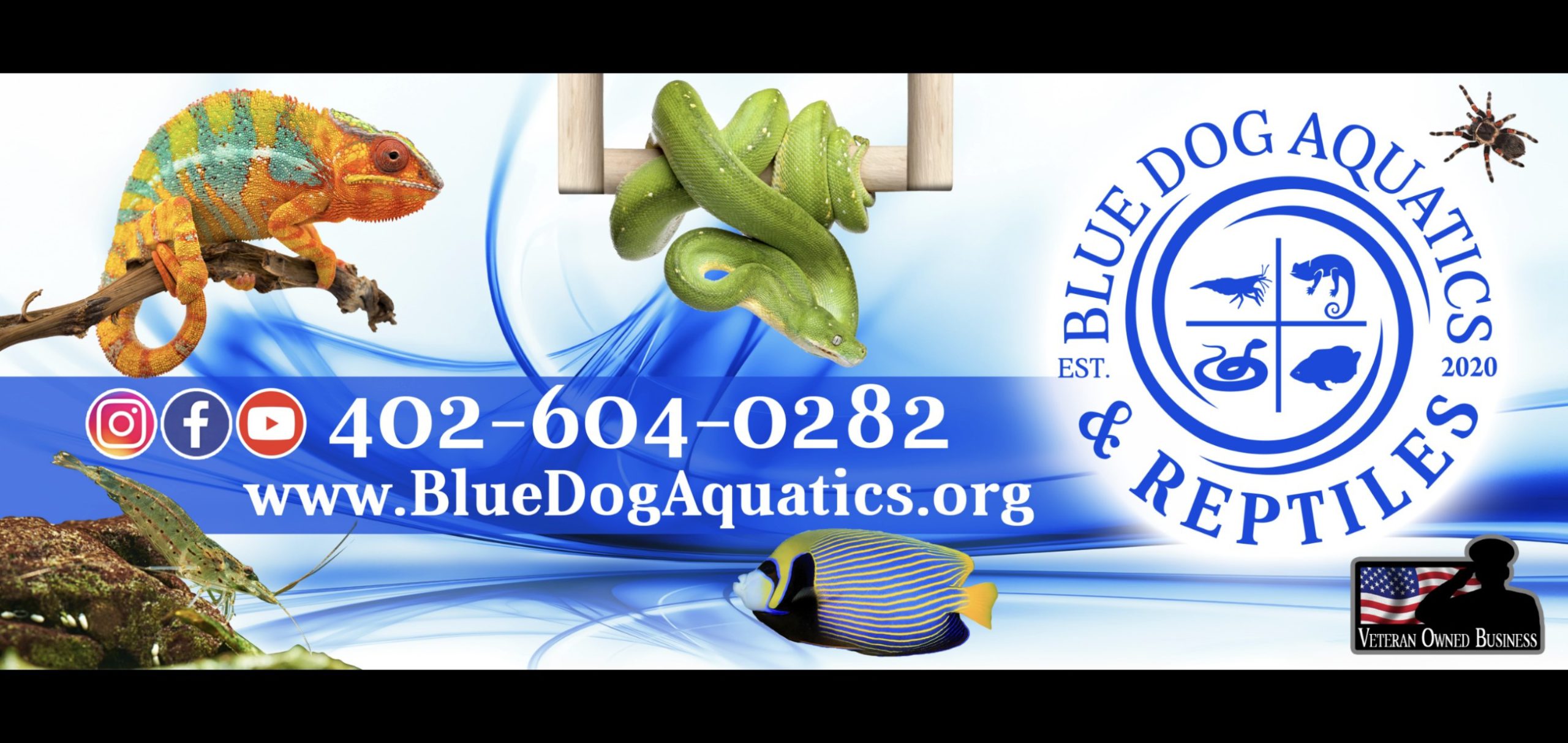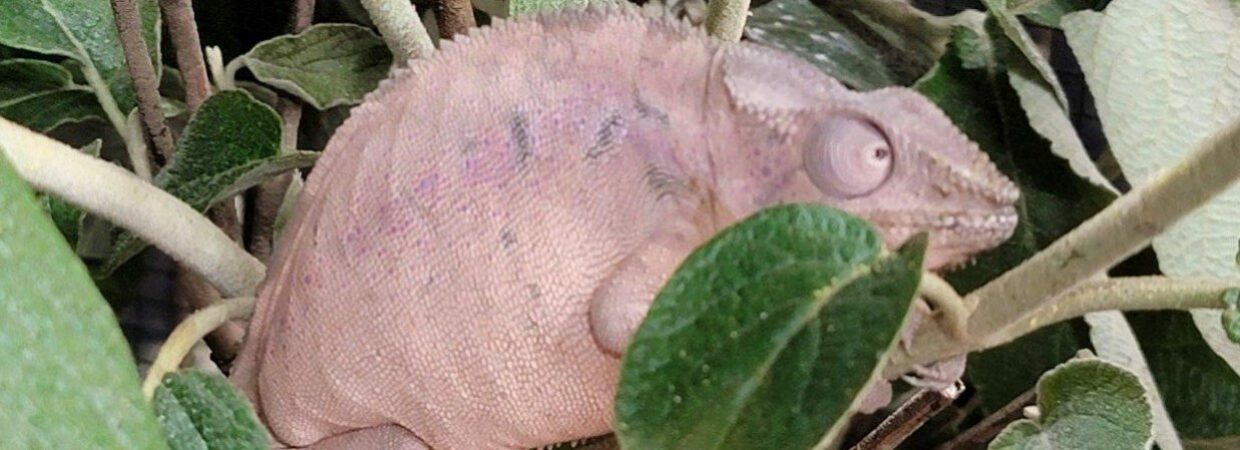Common Name-Axolotls, Mexican walking fish, death Xolotl, walking fish.
Scientific Name- Ambystoma mexicanum
Size- Axolotls can grow on average to a length of 9 inches (20 centimeters), but some have grown to more than 12 inches (30 cm) long.
Diet-We recommend that you should attempt to replicate its natural diet as much as possible. It is usually fed some combination of earthworms, bloodworms, brine shrimp, and daphnia (a small aquatic crustacean). They also seem to enjoy lean pieces of beef and chicken.
Lighting- They are generally comfortable in moderate light, provided they have dark hides they can hang out in when they want a break from the light. It is also important not to leave the light on all night, which can disturb their natural sleep cycles. This is important: Axolotls are easily startled.
Temperature- Temperatures up to the low 70s Fahrenheit are tolerated well by axolotls. An ideal temperature range is the low to mid 60s. Temperatures above 74 degrees will invariably lead to heat stress, loss of appetite and death. To help reach these temperatures, Chillers are recommended.
Tank Size- To house one or two Axolotls comfortably, a standard 2ft (61cm) tank or larger is appropriate, allowing them room to swim around and exercise.
Life Span- Axolotl can live 10-15 Years with proper care on average.
Level of Care- Axolotls live their entire lives in water, never emerging onto land. Axolotl care requirements are minimal, and provided temperature and water flow are well controlled, they are hardy, easy-to-care-for captives that breed readily in captivity. The axolotl is a salamander that remains suspended in the larval stage and does not undergo metamorphosis like other salamanders, but instead remains water-bound with gills. They do have lungs as well; therefore, you will see them come to the surface of the water for a gulp of air.
Cost of Care- The average cost of an Axolotls will be between $200 and $700. After the initial equipment purchases, the costs drop significantly to an average of $20-$35 a month with food, water treatment and any medications it needs.
Does a Bite Hurt- Axolotls bite everything and anything that moves around in their vicinity, but their teeth are too small to cause much pain. Axolotls aren’t aggressive to humans; they are simply hunting for food or nipping out of self-defense. Therefore, small fish will look like food to the Axolotl and will hunt them down. You can put fish in with them however it is strongly not recommended. The other fish will see the Axolotls gills as food and start picking at them.
Filtration- Canister filters are the way to go. They provide enough room for bio media, which is necessary for a healthy environment, as we already established. Further, canister filters either come with their own space bar, or they can be fitted with an external one. A good filter is key because these little guys can be messy eaters. Its either a good filter or water changes for often.
How to tell if they are Happy- The two main signs of a stressed axolotl are gills curved forward, and a curled round tail tip. Especially among young axolotls, the gills can curve forward because the water flow is too strong or that your water parameters are off. Perform a water check and if necessary, a water change as well.
Breeding- To get two Axolotls to breed, you need to get them near each other, and feed each of them a Bucket of Tropical Fish to get them to enter “Love Mode”. At this point they will breed with one another, producing a baby Axolotl. This is the same process by which you can breed many other animals, such as Foxes. In the wild, they breed once in 12 months. This usually happens in the early summer months. In captivity, you can breed axolotls whenever you like if the tank conditions are right. Female axolotls can lay up to 1,000 eggs. Female axolotls have a big job ahead of them when it’s time to lay eggs. Like many amphibians, axolotls are known to produce several hundred eggs at a time. In some cases, clutches can consist of 1,000 or more eggs!
Substrate- Fine sand should be used to avoid them swallowing pieces of gravel, which leads to digestive issues. We recommend fine sand, smooth river rocks, or just a bare bottom tank.
Veterinary Checkup- Axolotls can be very good at hiding illness. Common problems include nutritional deficiencies from diets lacking variety, wounds, and bacterial infections. Husbandry concerns: House new amphibians by themselves until cleared by your veterinarian, often a quarantine period of six months.
Please Do Your Research on the Axolotl you are Interested in Before Purchase

